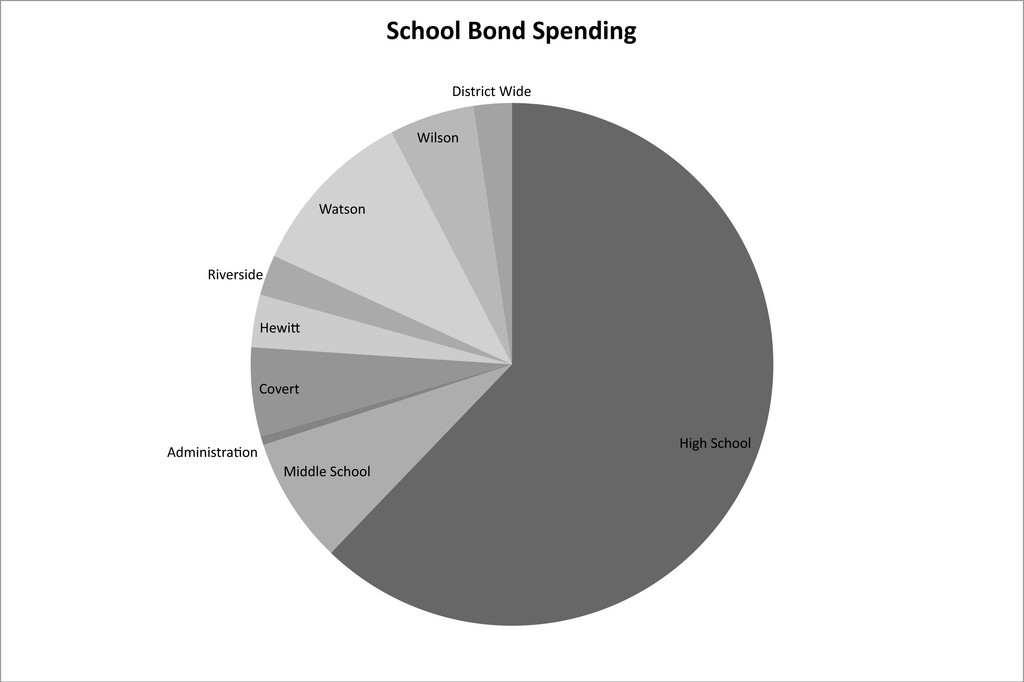Rockville Centre school board finalizes $45.9M bond
Turf fields, AC and more if public approves measure
At its meeting on Jan. 22, the Rockville Centre Board of Education finalized a $45.9 million bond proposal that, if approved, would fund improvements and renovations throughout the district. The measure will be put to a public vote on March 19.
According to the district’s preliminary calculations, the bond would cost the average homeowner just under $200 a year over its 30-year life.
“This process does not end here,” said school board Vice President Mark Masin. “This is only the end of phase one. Everybody has a daunting test in front of them to come up with a successful bond vote, and it is incumbent upon all of us who supported the bond to take this and to have our friends and relatives understand what is in it, understand how it affects them and understand how it affects the bottom line. The bottom line is the kids who are coming through our district every day.”
Among the cuts made before the bond was approved was $750,000 that would have been used to purchase a house adjacent to South Side High School. Administrators wanted to use the house to expand the district’s special education program, but its owners decided they no longer wanted to sell.
A plan to add air conditioning to assembly spaces in the high school and middle school, at a cost of $1.16 million, was also eliminated from the proposal, though it still includes $2.4 million in funding for air conditioning in assembly areas in the elementary schools and all district classrooms.
The bond would cover improvements at every school in the district, with the majority of the money going to the high school. More than half of the bond — $26.3 million — would fund the construction of a two-story addition to the high school. It also includes more than $2.7 million to add artificial turf, lighting and new bleachers to the high school athletic fields.
Carol Roseto, the district’s athletic director, said that the turf field would help save the district money and increase safety for athletes. “I have varsity lacrosse teams that practice on the parking lots sometimes, and we have to go out of the town and rent fields because we don’t have space,” Roseto said, explaining that the high school has only 1½ fields. “So the turf would simply make us able to stagger practices, in addition to having home games. One field with turf and lights doubles our practice ability.”
Roseto explained that because artificial turf doesn’t need the same maintenance as grass and because rain doesn’t affect it, teams could use it more often for practice and games without being concerned about damage.
“We have hills and valleys in those fields that can’t be repaired because there’s never a downtime,” Roseto said of the existing fields. “You really need to leave these fields without being touched for six months, and we can’t do that.”

 48.0°,
Overcast
48.0°,
Overcast 




